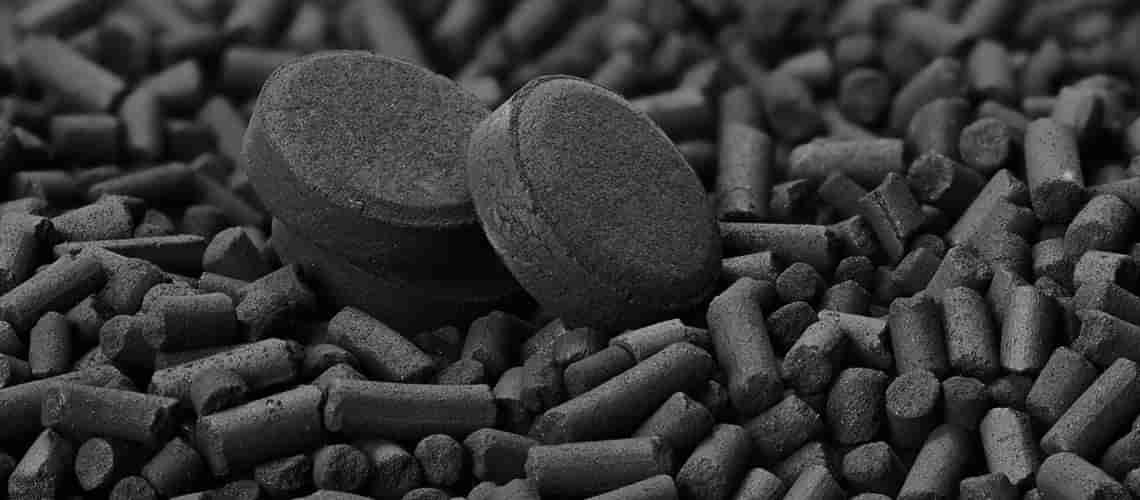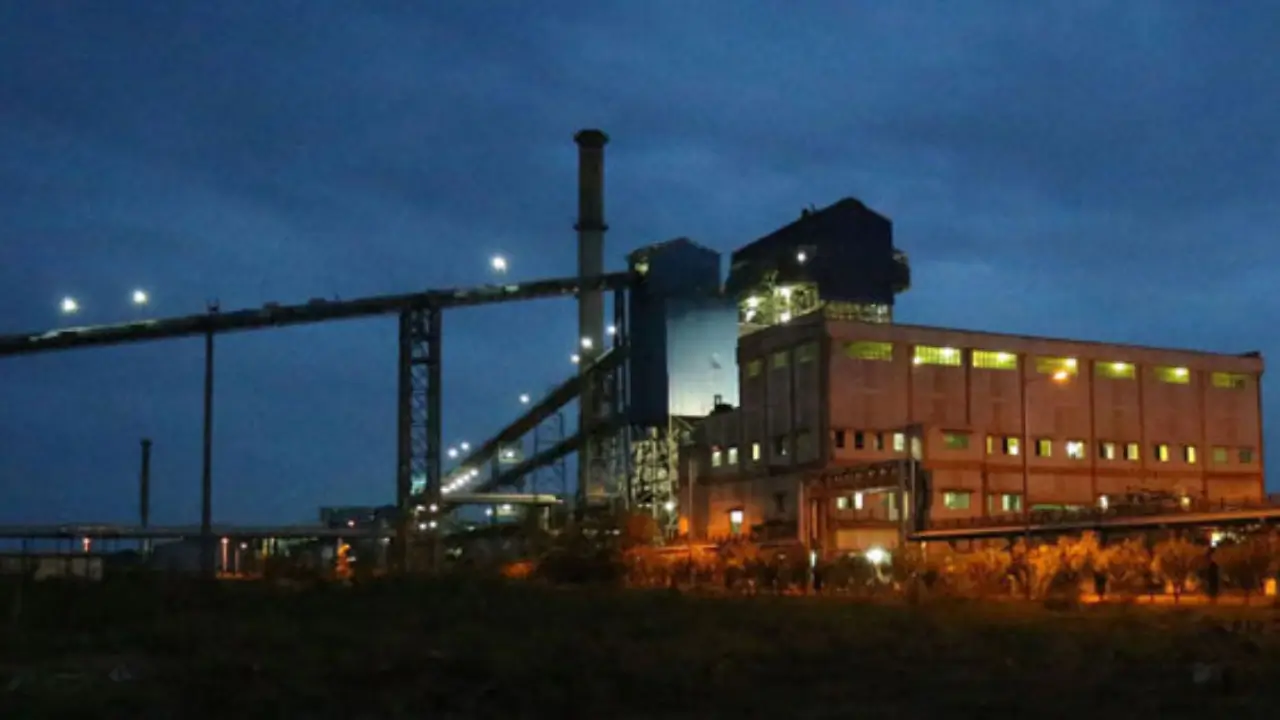- About
- Industries
- Products
- Wastewater Treatment
- Conventional Effluent Treatment: AQUASEP
- Toxic Refractory < 60,000 COD Removal: Catalytic Hydro-oxidation CHD-Ox
- Wet Air Oxidation for TOXIC > 60,000 COD : THERMOX
- Nanobubbles in Water Treatment: NANOPOREX-E
- Chemical-Free Cooling Tower Technology – A Sustainable Solution: ZEPHYR
- MVR for ZLD: Vapozem
- Membranes in wastewater Treatment: PROMEM
- TSS removal and Product recovery using Ceramics: PORESEP
- Heavy Metals and Trace Contaminant removal using Resins: SORBION
- Improving Efficiency of your sand bed filters: NANOMATRIX
- Choosing the Right technology for Wastewater treatment: Wastewater Treatability Studies’
- Reduce/Recover Oil from Wastewater: DISORB
- Produced Water Treatment: PWT
- Non Biofouling Membranes in wastewater Treatment: PROMEM-B
- Advanced Bioaugmentation Culture: BIOPORE
- Cavitation using Ultrasonics: RUSONICS-E
- Oxygen Generator System for Industries: OXYLIFE
- Process Solutions
- Precious Metal catalyst Filtration: CONTUFILT-M
- Activated Carbon Filtration: CONTUFILT-AC
- Raney Nickel Catalyst Filtration: CONTUFILT-RN
- Hot Gas Filtration: CONTUFILT – MH
- Biosolids removal using ceramics: PORESEP
- MVR for ZLD: VAPOZEM
- Ion Exchange-based RESINS: SORBION
- Dehydrating solvents by Zeolite Membranes: SOLVOSEP
- HiGee Continuous Distillation: ROTASEP
- Molecular Separation by Membranes: PROMEM
- Filtration & Separation
- Precious Metal catalyst Filtration: CONTUFILT – M
- Activated Carbon Filtration: CONTUFILT-AC
- Raney Nickel Catalyst Filtration: CONTUFILT-RN
- Hot Gas Filtration: CONTUFILT – MH
- Ceramic Dynamic Membrane Filtration: PORESEP
- MVR for ZLD: Vapozem
- Nano-Bubbles Improve Process Efficiency: NANOPOREX
- Alternate to Continuous Distillation / Rectification: ROTASEP
- Liquid-Liquid Extraction Mixer Settler: SEPARIX
- Ion Exchange-based RESINS: SORBION
- Pervaporation: Dehydrating Solvents and Separating Mixtures: SOLVOSEP
- Cartridges & Filter Bags: FLOWSEP™
- Molecular Separation by Membranes: Recovery and Isolation: PROMEM
- Colour / Organics / VOC Removal: CARBOSORB
- Oxygen Generator System for Industries: OXYLIFE
- RUSONIC – Sonochemistry
- Magnetic Separator Technology: MAG-Filt
- Wastewater Treatment
- Resource
- Contact Us
Top Posts
5 Applications of Nanobubbles in Agriculture
How to Increase Yield Without Using Fertilisers?
Nanobubbles are emerging as a transformative technology in aquaculture and fish farming. These ultra-fine gas bubbles, smaller than 200 nanometers, play a critical role in improving water quality and fish health. By enhancing dissolved oxygen levels, nanobubbles create optimal growth conditions for aquatic organisms.
They also improve water treatment by removing organic matter and pathogens, reducing the need for chemical treatments. As aquaculture faces increasing demands for sustainable and efficient practices, nanobubbles offer a solution that boosts fish growth, reduces disease outbreaks, and enhances overall productivity.
Understanding Nanobubbles
Nanobubbles are microscopic gas-filled cavities with remarkable stability due to their low buoyancy, allowing them to remain suspended in water for extended periods. Unlike traditional bubbles that rise and burst quickly, nanobubbles retain their effectiveness in water systems, making them ideal for applications in aquaculture and fish farming.
Their small size and stability enable prolonged interaction with contaminants, leading to improved water quality. Additionally, nanobubbles increase dissolved oxygen levels, essential for the healthy growth of aquatic species. The enhanced oxygenation not only benefits fish but also supports beneficial microbial activity, improving overall water ecosystem balance.
Nanobubbles in Aquaculture
Nanobubbles revolutionize aquaculture by improving water oxygenation, waste removal, and pathogen control. High dissolved oxygen levels promote healthier and faster-growing fish, while nanobubbles aid in organic matter flotation, allowing for easier removal of debris from water systems.
This reduces the need for chemical treatments, making aquaculture more sustainable. Nanobubbles can also generate reactive oxygen species (ROS) under specific conditions, effectively controlling harmful bacteria and viruses in water. By creating a healthier aquatic environment, nanobubbles enhance fish survival rates, optimize feed conversion, and improve overall productivity in fish farming.
Boosting Fish Health with Nanobubbles
Nanobubbles have a profound impact on fish health by creating oxygen-rich environments that support optimal growth and minimize stress. In fish farming, higher oxygen levels are directly linked to increased growth rates, better feed efficiency, and improved fish quality.
Fish grown in nanobubble-enhanced systems are more resilient to disease outbreaks, which is particularly important in high-density farming setups. Additionally, the enhanced water quality reduces ammonia and organic waste buildup, creating a cleaner habitat and further lowering stress on the fish.
Nanobubbles also improve the management of pathogens. By generating reactive oxygen species (ROS), nanobubbles help in neutralizing harmful bacteria and viruses, reducing the frequency of disease outbreaks without relying on antibiotics or chemicals.
This results in healthier fish populations, higher survival rates, and ultimately, greater yields for fish farmers. By enhancing water conditions and supporting fish health, nanobubbles contribute to more sustainable and efficient aquaculture practices.
Long-Term Benefits of Nanobubbles in Aquaculture
Nanobubbles offer numerous long-term benefits in aquaculture, improving both the sustainability and productivity of fish farming.
Improved Fish Health:
Nanobubbles continuously supply dissolved oxygen to water systems, ensuring optimal oxygen levels are maintained for fish growth. This leads to reduced stress, faster growth rates, and higher feed conversion efficiency, translating to better yields and profitability for fish farmers.
Reduced Disease Outbreaks:
Nanobubbles also contribute to pathogen control by producing reactive oxygen species (ROS), which eliminate harmful bacteria and viruses. This helps reduce the need for chemical treatments or antibiotics, lowering costs and promoting sustainable aquaculture practices.
Enhanced Waste Removal:
The use of nanobubbles in water systems enhances the flotation of organic matter and waste, allowing for easier removal from fish farming environments. Cleaner water leads to healthier fish and fewer environmental impacts, as waste is efficiently managed.
Lower Environmental Impact:
By reducing the need for chemicals and improving the overall efficiency of aquaculture systems, nanobubbles contribute to environmentally friendly practices. Their ability to increase oxygen transfer efficiency reduces energy consumption, leading to more cost-effective operations.
Overall, nanobubbles play a pivotal role in supporting sustainable fish farming, improving both short-term productivity and long-term environmental sustainability.
FAQs
How do nanobubbles benefit fish farming?
Nanobubbles enhance fish farming by increasing dissolved oxygen levels, which supports healthy fish growth, reduces stress, and improves feed conversion ratios. They also help remove organic waste and pathogens, reducing disease outbreaks and minimizing the need for chemicals.
Are nanobubbles safe for fish?
Yes, nanobubbles are entirely safe for fish. They improve water quality by enhancing oxygenation and controlling pathogens, creating a healthier environment for aquatic life.
How do nanobubbles contribute to sustainability in fish farms?
Nanobubbles reduce the need for chemical treatments in fish farming and promote efficient water usage. By improving water quality and boosting fish health, nanobubbles support more sustainable and eco-friendly aquaculture practices.
Conclusion
Nanobubbles offer a transformative approach to aquaculture and fish farming, enhancing water quality, boosting fish health, and promoting sustainable practices. By increasing dissolved oxygen levels, controlling pathogens, and improving waste management, nanobubbles contribute to healthier aquatic environments and more efficient farming operations. As the demand for sustainable fish farming grows, nanobubbles are poised to play an increasingly important role in ensuring the health and productivity of aquaculture systems, ultimately supporting agricultural sustainability and food security.
Learn more about the technology.
Related Posts

Industries
Wastewater Treatment
Separation Sciences
Contact
Sign in for latest updates
Stay informed with the latest updates from Diva Envitec! Sign up for our newsletter to receive exclusive news, insights, and case studies directly to your inbox.

Copyright © 2024 Diva Envitec
Terms of Service
Privacy Policy
Industries
Wastewater Treatment
Separation Sciences
Contact
Sign in for latest updates
Stay informed with the latest updates from Diva Envitec! Sign up for our newsletter to receive exclusive news, insights, and case studies directly to your inbox.


